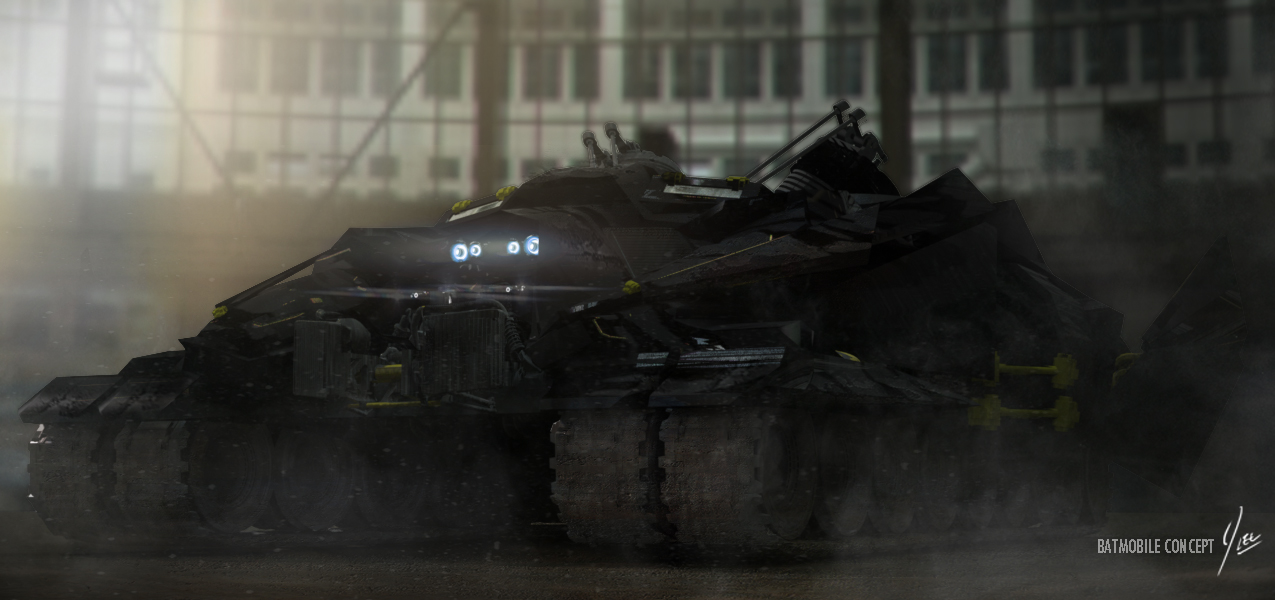


NSynth on the other hand present extensive open-source documentation on how to build the physical instrument, with standard interfaces like Musical Instrument Digital Interface (MIDI) or USB. The tool is only available online as a web app, and it clunkily requires artists to upload and download their short samples one at a time, with no easy connection to common programs such as digital audio workstations (DAWs).

It captures the pitch and inflections of the original piece surprisingly well, but where it fails is in the interface. Tone Transfer allows musicians to upload short samples played on any instrument (or non-instrument), and it outputs a reinterpretation of the sample performed on one of four instruments: flute, saxophone, trumpet, or violin. Two of the most popular such tools are Tone Transfer and NSynth.

However, another breed of music ML is rising alongside this one, one that expands the tools available to an artist, rather than replacing them entirely.īlob opera singers are astonished by their soprano's coloratura performance | by Google Arts and Culture While such programs can be extraordinarily complex, and are fun to use, their use cases are more-or-less relegated to novelty no serious artist would produce music through a singing blob or imitative piano program. On a sillier note, Blob Opera lets you control a group of blob shaped opera singers, inputting the pitch and vowel in real time. Celebrating Johann Sebastian Bach was a Google Doodle (apps and animations that replace the Google title on the search page) which allows you to compose a single melody, and it generates a four-part counterpoint in the style of Bach, while admittedly breaking some of Bach’s fundamental rules of which he wrote extensively. Most notably, Google has published dozens of fun apps and prototypes using Magenta, “an open source research project exploring the role of machine learning as a tool in the creative process.” Of the myriad of ML tools available, some work to enhance artists’ work, but many seek instead to replace the artist entirely.Īi-Duet lets you play a virtual piano, and automatically performs a duet along with you. Over the last few years, a number of tools have been published to introduce machine learning (ML) to the world of music.


 0 kommentar(er)
0 kommentar(er)
